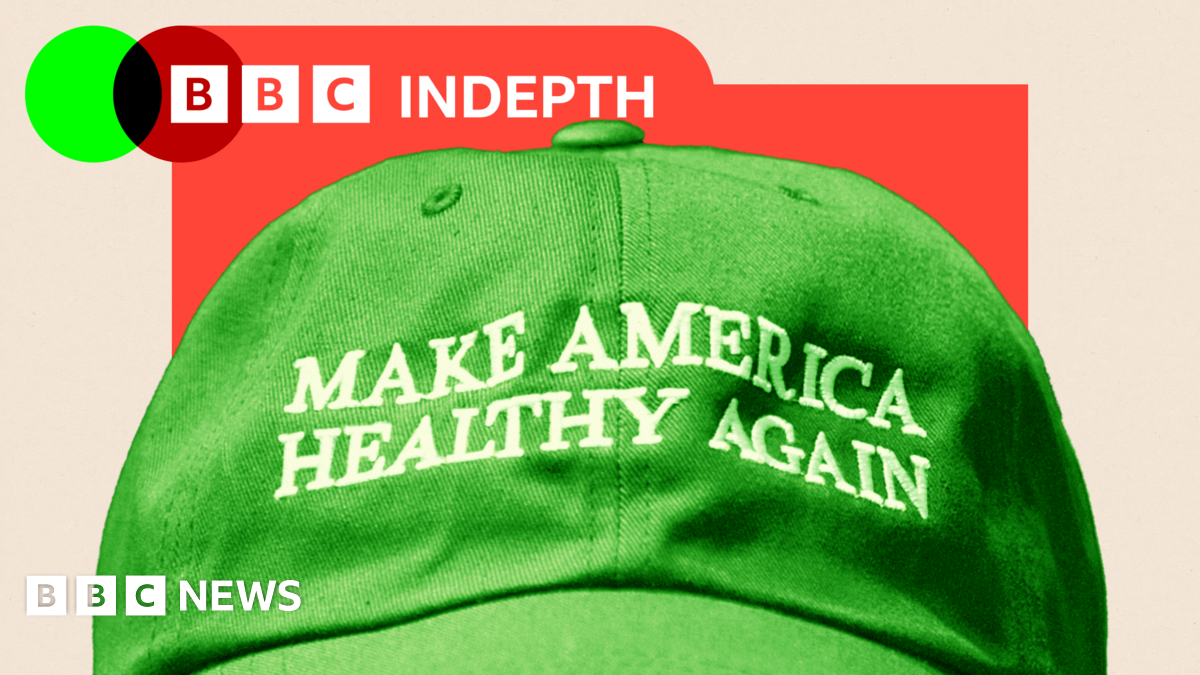The Controversial Crossroads of Food Policy and Public Health
In recent discussions surrounding food safety and public health, notable voices are emerging, particularly from activists and experts aiming to reshape dietary guidelines in the United States. Among them, Ms. Hari’s testimony before the Senate on the issue of food dyes stands out. “He can’t change everything in a short amount of time, but I think the issue of food dyes will soon be history,” she confidently asserts. This sentiment encapsulates a growing eagerness to tackle food additives, but as another voice succinctly points out, this is merely the tip of the iceberg when it comes to widespread dietary problems.
The Bigger Picture: Chronic Disease and Systemic Barriers
As we delve deeper into this topic, important critiques arise. Nicola Hawley, a professor of epidemiology at Yale School of Public Health, expresses concerns over what she perceives as a superficial approach to dietary issues. She argues, “While some of these individual actions are important, they are a drop in the ocean in the larger context of chronic disease.” Here, Hawley emphasizes a critical point: that efforts focusing on personal choice and access to “natural” foods often overlook systemic barriers like poverty and aggressive marketing of unhealthy foods to children.
This raises an important question: Can we truly address health issues if we ignore the structural landscape that contributes to them? With the U.S. government’s ongoing subsidies for crops like corn and soybeans—both pivotal ingredients in many processed foods—these systemic issues remain deeply entrenched.
Revamping Dietary Guidelines: A Step Forward?
At the forefront of recent dietary policy updates is Kennedy, who is in the process of revising the U.S. national dietary guidelines. These guidelines play a crucial role in shaping various public health initiatives, including school meals and assistance programs for the elderly. Anticipated changes include reducing added sugars and emphasizing locally-sourced whole foods.
Kennedy’s push also extends to more controversial measures. He has called for states to prohibit the use of food stamps for purchasing junk food and sugary beverages. This move demonstrates a proactive stance toward steering Americans toward healthier options—yet it also raises questions about accessibility and the broader implications of restricting choice for low-income families.
The Fluoride Debate: Health Risks and Misinformation
Adding complexity to the conversation, Kennedy’s endorsement of local measures to stop fluoridating drinking water adds yet another layer to public health discussions. Describing fluoride as a “dangerous neurotoxin,” he ignites debate around its role in dental health. Though fluoridation is widely used to prevent tooth decay in various nations, including parts of the U.S., health bodies such as the NHS maintain that extensive research has found "no convincing evidence" to substantiate fears over standard fluoridation levels.
However, the nuances of fluoride research illustrate an emerging conflict between personal health beliefs and established scientific consensus. Critics argue that Kennedy’s statements may veer into the realm of misinformation, a concern echoed by Hawley, who warns against drifting away from scientifically backed policies.
Bridging Health Initiatives with Scientific Evidence
Hawley stresses the need for a balanced approach: “You’ve got this challenge of him drifting into misinformation about the links between additives and chronic disease, or environmental risk factors. And that really just undermines the science.” This apprehension underscores the importance of grounding policy decisions in robust scientific evidence while striving to communicate effectively with the public.
In an era where dietary issues intersect with various social determinants of health, balancing personal choice with the realities of structural barriers presents a formidable challenge.
The Need for Comprehensive Solutions
The conversation surrounding food policy, health, and public perception is becoming increasingly intricate. Stakeholders from various spheres are recognizing the need for comprehensive solutions that not only address immediate concerns about food additives and health risks but also tackle the far-reaching implications of socioeconomic factors on dietary choices. This layered approach offers the possibility of genuine progress in transforming the American food landscape while fostering a healthier population.
In this evolving narrative, the challenges remain significant, and the stakes are high. As discussions unfold and new policies are considered, the collective voice of experts, advocates, and the community will play a pivotal role in mapping a path forward in the complex world of food and health.


